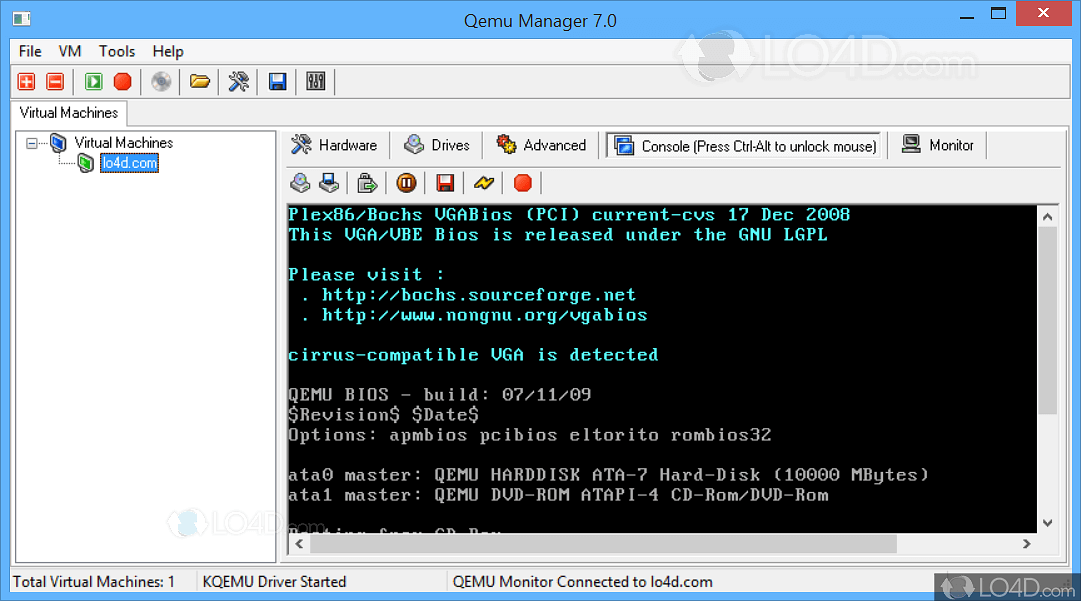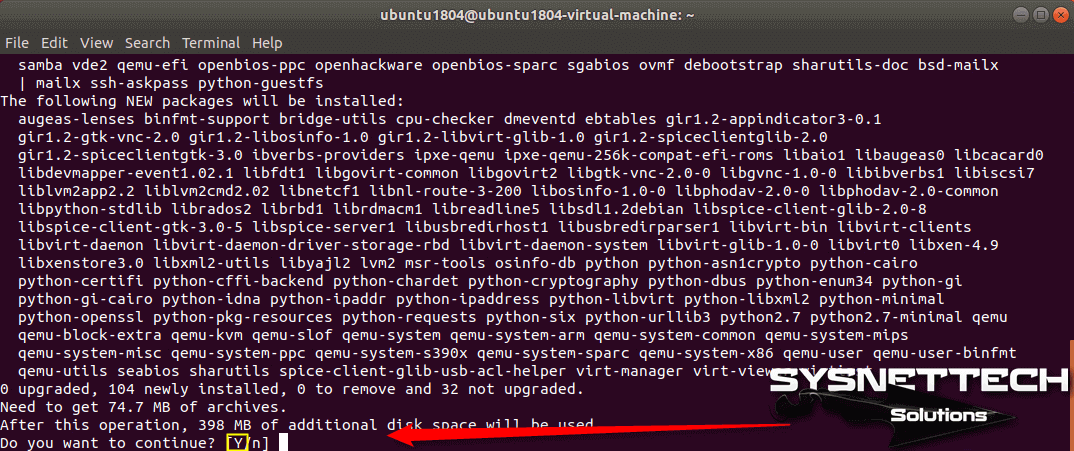


After finishing the installation, reboot the instance and login Fedora 35 (Server Edition) The installation is on text mode but the procedure of installation is similar to GUI. disk path=/var/lib/libvirt/images/fed35.img,size=20 \ Once you have your bridge interface ready, create a test instance using CLI or Virtual Machine Manager.
Installing qemu system how to#
How to Create and use Network Bridge on Arch Linux and Manjaro.How to Create and Configure Bridge Networking For KVM in Linux.sudo dnf -y install virt-manager Step 5: Create a test instanceįirst start by creating a bridge network to be attached to your instances, below guides should help. If you have a Desktop version of Fedora, you can install virt-manager which gives users a GUI interface to manage your Virtual Machines. Then enable the service to start on boot sudo systemctl enable libvirtd Step 4: Install Virtual machine Manager GUI How to mount VM virtual disk on KVM hypervisor Step 3: Start and enable KVM daemonīy default, KVM daemon libvirtd is not started, start the service using the command:.We have a guide on how to use libguestfs-tools like: Install required virtualization packages on your Fedora system by running: sudo dnf -y install bridge-utils libvirt virt-install qemu-kvmĪfter installation, verify that Kernel modules are loaded $ lsmod | grep kvmĪlso install useful tools for virtual machine management: sudo dnf install libvirt-devel virt-top libguestfs-tools guestfs-tools $ cat /proc/cpuinfo | egrep "vmx|svm" Step 2: Install KVM / QEMU on Fedora 36/35/34/33/32/31 In some systems, this is disabled on BIOS and you may need to enable it. The first step is to confirm that your CPU has either Intel VT or AMD-V Virtualization extensions. Step 1: Ensure your CPU has Intel VT or AMD-V Virtualization extensions


 0 kommentar(er)
0 kommentar(er)
